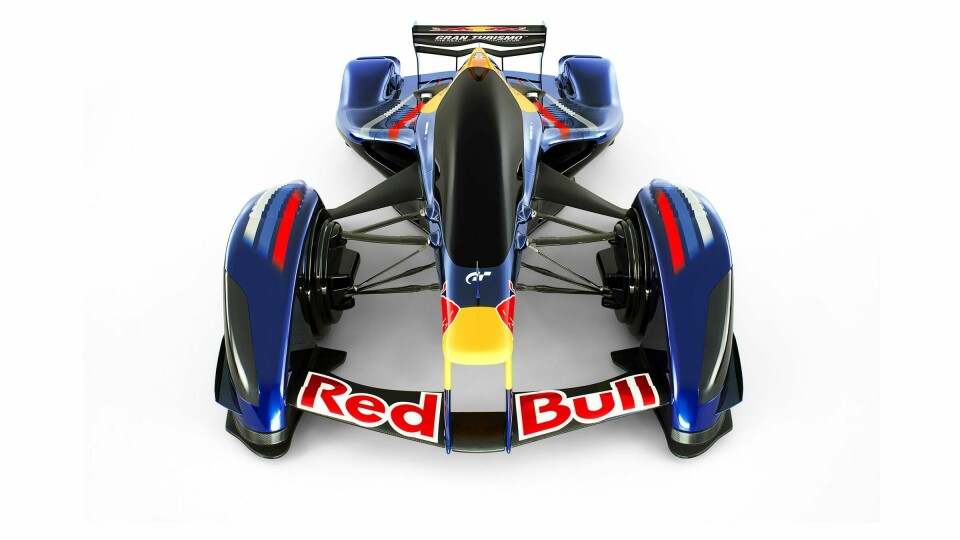
Concept Car of the Month: Gran Turismo Red Bull X1 (2010-19)
The lines between virtual and real racing continue to blur; something a Formula 1 team managed to encapsulate with a different sort of concept car…
What a year the past month has been, eh? With more and more of the world on lockdown amidst the COVID-19 pandemic, we have all been figuring out how much of our lives can be continued from within the confines of home. You can read about how car design teams have been managing elsewhere on CDN today and for the next few weeks, but for racing drivers, whose work for the foreseeable future has been entirely pulled away from under their feet, the cure for cabin fever has been ‘sim racing’, a fast-growing area within the world of esports. Setting up a suitable seat, wheel and pedals has helped drivers stay sharp by racing in the virtual realm.
As an upshot of this, Formula 1 and IndyCar (among others) have been doing ‘Virtual Grand Prix’ events in place of cancelled races, with star drivers of the real world taking on full-time sim racing pros and other personalities in events live-streamed to ever larger audiences. Sometimes it’s surprisingly close and professional. Other times it’s… not, as the lack of personal risk leads to some drivers making moves they’d never attempt in reality, with mixed results. After all, the only dangers on a simulator are broken equipment, a loss of internet connection, or forgetting their microphone is constantly on-air and saying something that loses them some respect… or even their job.
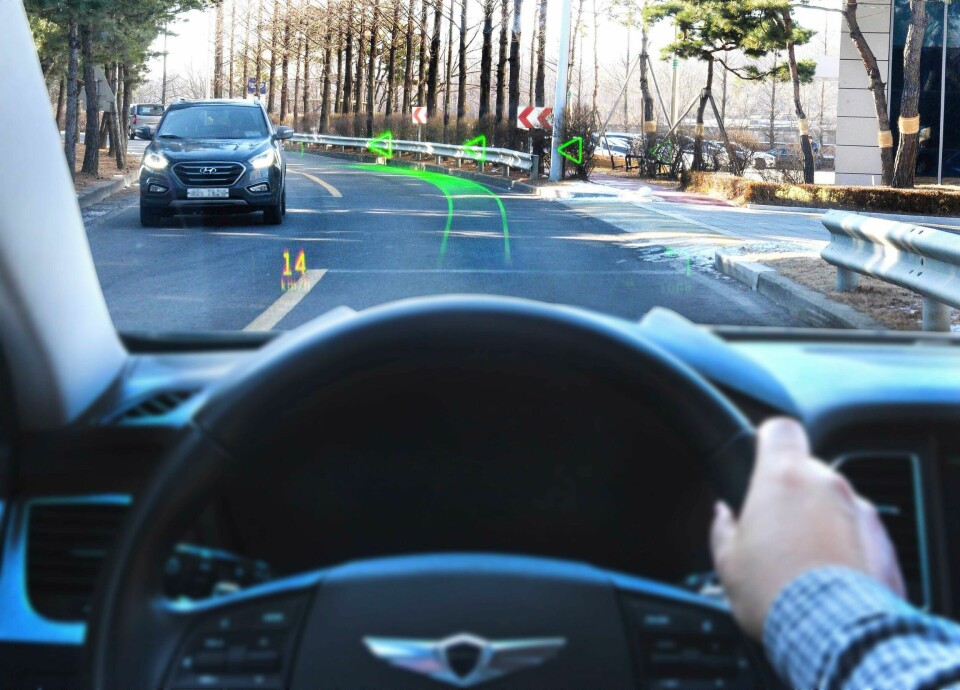
Between the rising prominence of sim racing and the promise of a future with ‘gamified’ track driving through AR and ADAS, it feels more than ever like the lines between reality and the virtual world are blurring and fading. But this feeling is not new, and nor is sim racing. In fact, in the late 2000s, Gran Turismo – the reference for realistic console racers since 1997 – was already being used to turn top-level gamers into real-world professionals through GT Academy, while Citroën had already become the first OEM to design a car specifically for a computer game with the wild GTbyCITROEN.
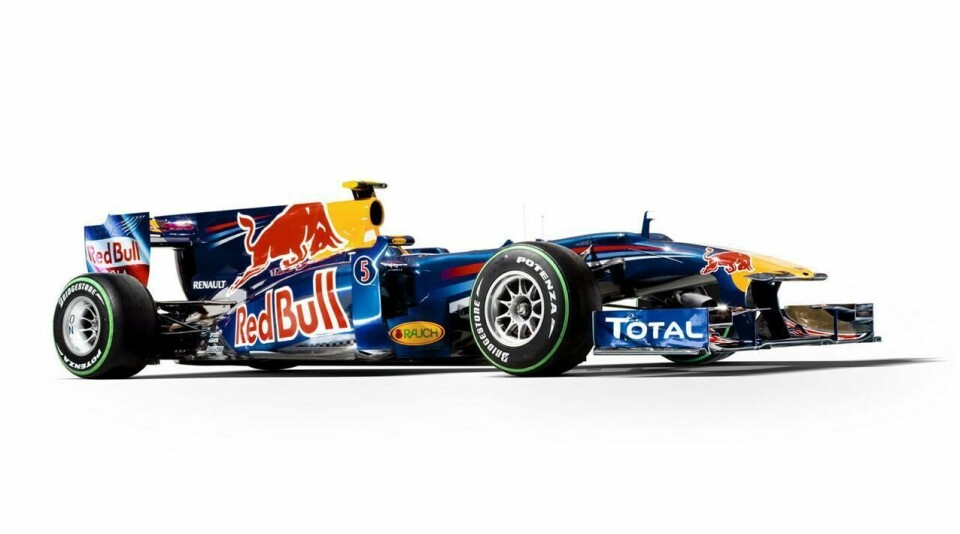
But, in this digital universe where a racecar’s design needn’t be restricted by real-world regulations or budget, what could the ultimate simulated circuit racer look like? What would it drive like? And just how fast could it be? Kazunori Yamauchi, the leader of GT’s creators Polyphony Digital, had been wondering about this around 10 years ago, and even began sketching a futuristic F1-style machine with enclosed wheels himself.
Then, as he recalls it, “I sat down with some friends and we joked around that idea of a street car that could compete with one from Formula One.” One of those friends, conveniently, was legendary motorsport designer Adrian Newey of the Red Bull Racing F1 team. At some point, these jokes became a serious discussion, and together they served up quite an answer to the question of what modern racing cars could truly be like without restrictions.
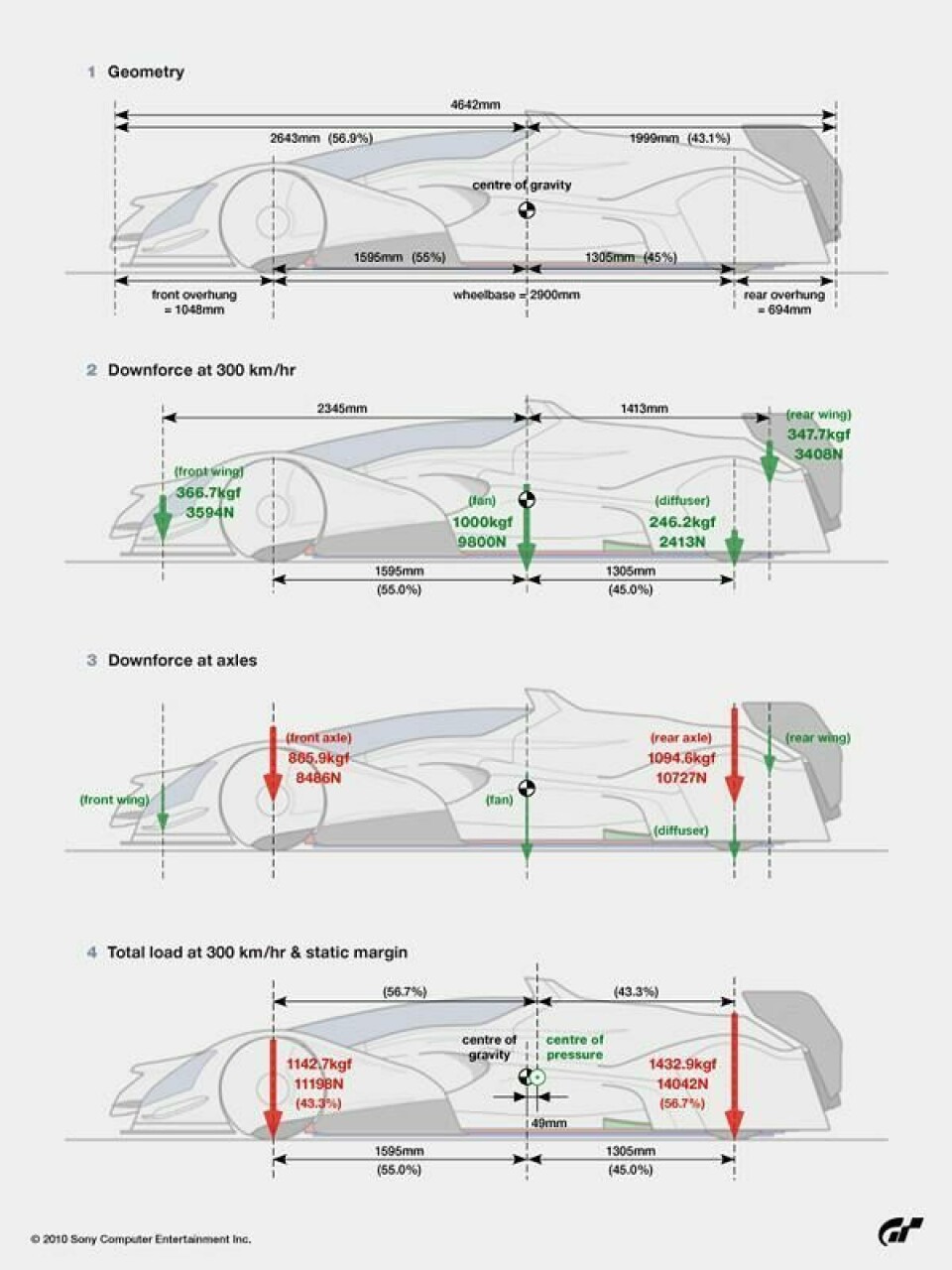
Of course, it would’ve been easy to just do a spaceship and leave reality behind altogether, but instead it was decided that, while the experimental racecar would not follow any championship regulations, it would still follow the laws of physics – adding credibility to the concept. Initially, Polyphony’s own design team set to work on a low-drag single-seater with covered wheels and smooth, streamlined bodywork shrink-wrapped around a 1500-horsepower twin-turbo V6, plus a large wing at each end. Exposed rotating wheels are terrible for aerodynamics, and it’s been said that the first thing any aerodynamicist would do to a single-seater, were they allowed to, is cover them up.
Once Newey had been brought into the project, however, the package evolved. It was his ambition to incorporate something that had been banned from motor racing for around 30 years at the time: the ‘fan car’ concept.
– The two best-known ‘fan cars’, both from the 1970s
Most notoriously used on Jim Hall’s Chapparral 2J Can-Am racer in 1970 and Gordon Murray’s 1978 Brabham BT46b Formula 1 car, the vacuum fan’s purpose is to suck air out from the underside of the car, for a guaranteed amount of aerodynamic downforce pushing onto the tyres at any speed. The principle of a low-pressure area under the car pulling it downwards and adding grip is the same reason high-performance cars have wings and underbody diffusers, but those passive devices are speed-dependent, whereas the always-on fan works at low speeds as well.
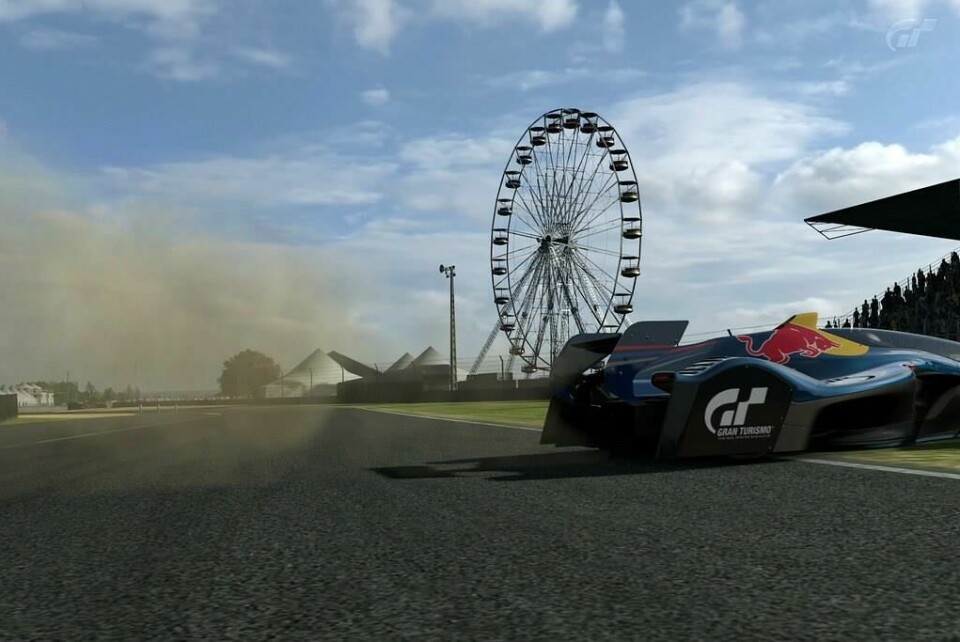
Suddenly, the car’s potential jumped to a new high. Their simulations showed that, at 300km/h (186mph), it would generate over 8g of lateral force in a corner – right at the limit of what a human can withstand for any amount of time. Combined with 1500 horsepower from the engine and a given mass no heavier than an F1 car of the time (545kg dry), the result is a level of performance that real-world racing wouldn’t recognise.
Sim racers recognise it, however, as the Red Bull X1 Prototype.
Just as the physical capabilities are grounded in reality, so are the X1’s forms and proportions. The narrow protruding nose, the exposed black suspension and steering arms, the low sidepods and high central spine over the engine cover; these fundamentals give just enough suggestion of a ‘formula car’ as we have known them to look for the past 30 years or so. Equally, though, at first glance the X1 is clearly something… else.
Each front wheel is fully enclosed in a separate, super streamlined pontoon with its own headlight cluster (there are night races in Gran Turismo 5 and 6, after all). A cutout allows the front wheels to steer freely, although the wheel itself has a full-width disc attached to keep drag to a minimum. Only a skinny, single-plane front wing is required, also acting to join the wheel pontoons (both visually and perhaps structurally) to the main body and give the car a ‘chin’.
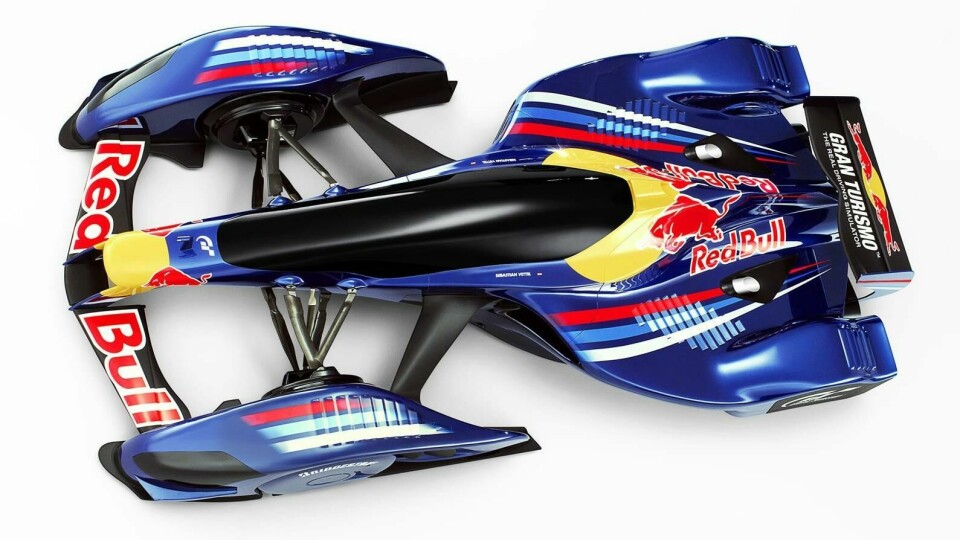
The enclosed cockpit is seamlessly integrated as the nose rises and expands gradually to meet a narrow, angular transparent canopy – instantly evoking that great cliché of automotive design moodboard fodder, a fighter jet – before the upper volume tapers to a tailfin and runs to the tail, creating a single-line profile. From front to rear, the plan view spreads out in a delta-wing shape – again like jets such as Concorde or the SAAB 37 Viggen (or, yes, the SR-71 if we’re doing clichés) – to encompass the side-mounted air intakes as well as reach and enclose the rear wheels. The outer edges of those rear wheel fairings are brutally purposeful, with the smooth outer trailing edge cut off by a single, arrow-straight line at a fast angle. Between them, a conventional rear wing sits above the 300mm downforce fan, which nestles between the top skin and the large underbody diffuser.
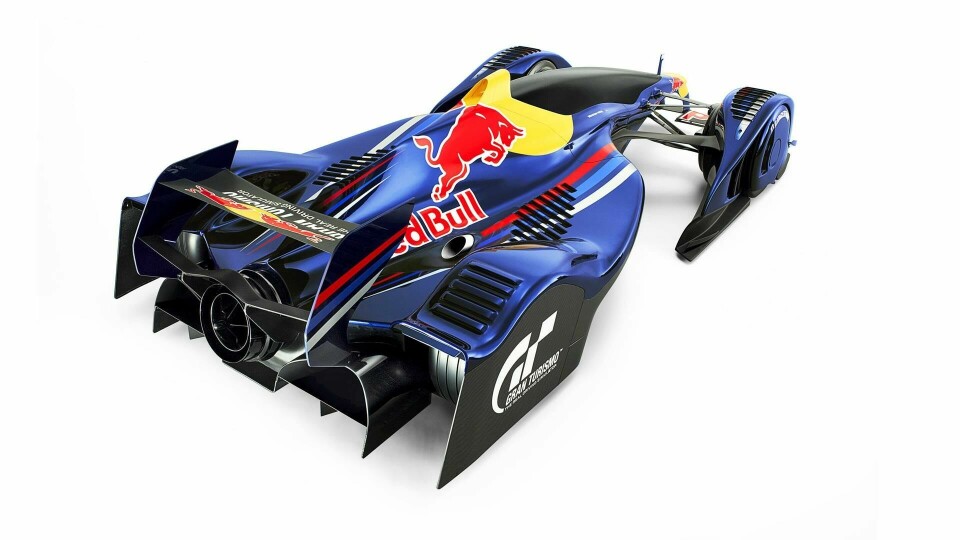
The cockpit is as narrow as possible, as part of the theme of reducing drag and frontal area. The mirrors are replaced by two tiny cameras feeding two little screens above the driver’s hands, which of course hold onto a rectangular carbonfibre steering console with its own integrated screen and the accompanying adjustment knobs (a detailed screen on the steering wheel has subsequently become commonplace on the 2014-present hybrid Formula 1 cars, of course).

All in unpainted carbon, it’s a dark, tight, focused working environment for the virtual driver – albeit with lots of natural light from ahead and above. When F1 tested a canopy that narrow and curved in 2017, Sebastian Vettel suffered from dizziness because of the distorted view, whereas an advantage of working in the virtual world is that such distortion can simply be removed and the view kept clear.
But then, even exterior views can be dizzying, as the speeds the X1 can carry make replays, even live gameplay, look like they’re on fast-forward.
A static model was built by IDC Models for promotional tours with Gran Turismo and Red Bull Racing, appearing at game shows, the Tokyo Auto Salon and Goodwood’s Festival of Speed among other places, where it could make the dream of the ultimate racing car a little more tangible for onlookers as they read those simple yet incredible flowing forms in person – with the full F1 team racing livery adding that little extra layer of believability.
Alas, the cost of building a fully working version would likely far exceed that of an actual Formula 1 car, so this is as far into reality as the project can go.
Still, the biggest advantage of all with a made-for-simulator concept car is this: while most concept cars are driven only by company employees (and sometimes a handful of journalists), if at all, and F1 cars are largely the preserve of F1 drivers, anyone with a PlayStation and a recent edition of Gran Turismo can obtain one and see whether their brain can keep up with it, as it shatters their understanding of what ‘fast’ and ‘agile’ really mean.
As for how much impact such a car could make on the real world of automotive design, consider this: if you remove the rear wing and imagine a skin joining the front wheel pontoons to the central bodywork, you’d end up seeing something remarkably similar to Newey’s road car project, the Aston Martin Valkyrie…
Coincidence? We doubt it.
Variations on a Theme
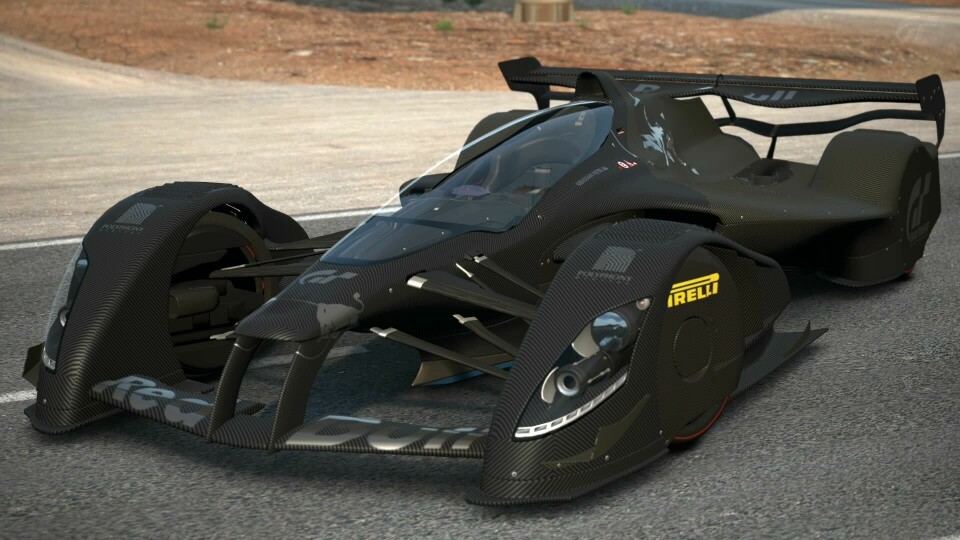
After it was released, the X1 was renamed the X2010 to avoid confusion with the then-new BMW X1 production car… although you’d hardly mistake one for the other by looking. But that wasn’t the only change to come; as proof that racing teams never stop developing, just a year later there came an X2011 version with a full-width biplane rear wing and tweaks to the wheel fairings. This version can reach 500km/h (311mph) on a long enough straight.
– The 2014 update (last two images are of the non-fan Standard version)
Then, after a couple of years, the concept was expanded with the X2014 series (above). Rather than little adjustments, the entire design was revised from nose to tail, including a larger fan, top-mounted rear wing, new lighting and a taller, flatter nose – which, thanks to the yellow tip of the Red Bull livery, looks rather like a bird’s beak. You can see all the exterior changes in the gallery here:
The X2014 Fan Car was also joined by the X2014 Standard, which does away with the fan (and adds larger wings), for players who found the fan cars were just too ridiculous to try and hold onto around a lap (for what it’s worth, there had also been a fan-less version of the X2010, called the 5G, for a Japan-only competition). If even a lower-downforce version was too much, than an all-new X2014 Junior also appeared, with a smaller body and a much less extreme four-cylinder engine.
The latest edition, the X2019 Competition seen in Gran Turismo Sport, has around 900 horsepower, is still missing its fan, and has been primarily designed as a challenging top-tier machine for use in the official FIA-sanctioned Gran Turismo Championship (yes, that FIA). While considerably slower than the X2010/11, it does allow the best players out there to give us some very exciting racing:
Yamauchi-san said of the X1 Prototype when it was announced: “We want to inspire racing fans and the industry alike, by exploring the realm of possibilities for the future of motorsports.” That it appears to have gone on to be a reference for a high-profile hypercar project and become the star car of an increasingly popular esports championship suggests the concept was in fact a success.
.




































